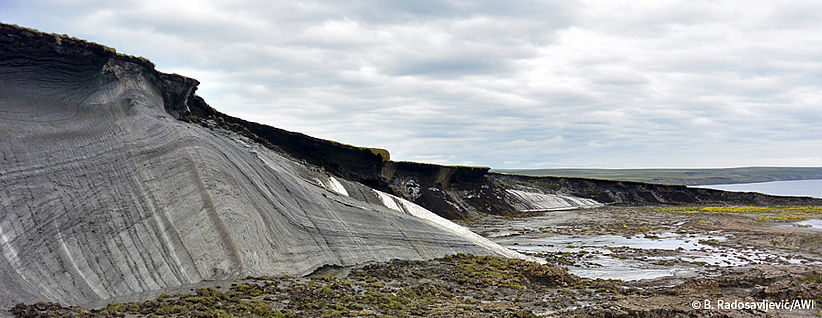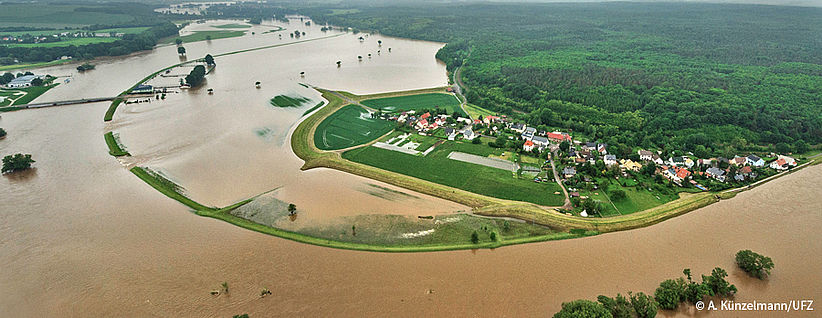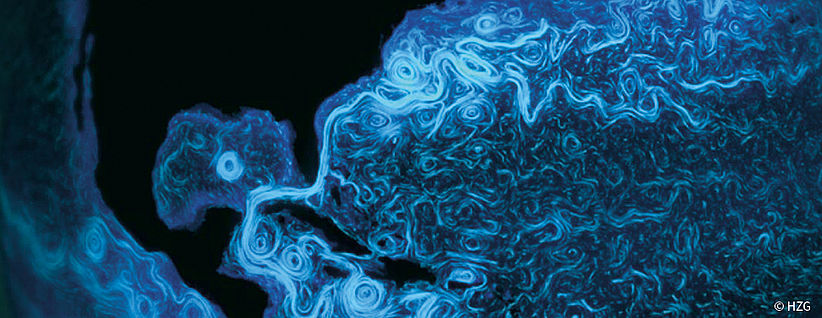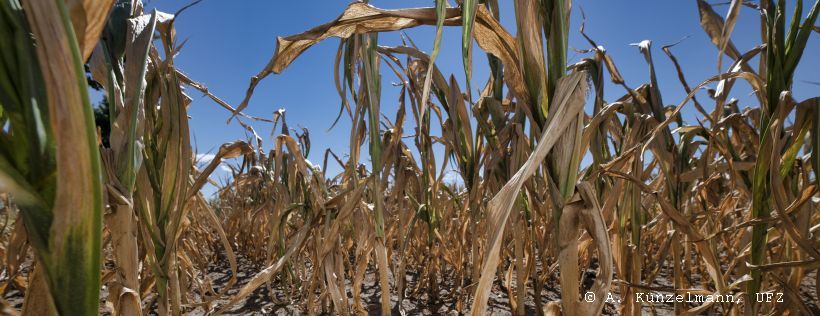Observation Strategy
The MOSES facility is designed to decipher the interactions of short-term events and long-term trends in Earth and environmental systems. MOSES follows a system of systems approach, combining sensors across disciplines and compartments to allow for integrated observations of dynamic events. Event-oriented observation campaigns require a combination of:
- measuring systems that can be rapidly deployed at “hot spots” and in “hot moments”,
- mobile equipment to monitor spatial dynamics in high-resolution,
- in-situ measuring systems to record temporal dynamics in high-resolution,
- interoperable measuring systems to monitor the interactions between the Earth's compartments atmosphere, land surface and hydrosphere.
To understand dynamic events and to unravel their long-term impacts, reference datasets are required for the investigated regions. Existing scientific, governmental, and other official observation networks are integrated into the event-driven observation campaigns. Additionally, valuable reference data is provided by satellite missions such as SENTINEL. The Helmholtz observatories TERENO, COSYNA, CVOO, AWIPEV and SAMOYLOV serve as anchor points for the campaigns.
The observation strategy involves the following tasks:
To capture and quantify direct impacts of events on affected environmental systems, an “event chain” approach was developed: An observation campaign starts by recording the initial event with respect to its extent and intensity. The measuring systems will then gather data on the subsequently triggered processes along and across Earth compartments. To investigate long-term environmental impacts, the campaign datasets are analyzed along with datasets available from existing observation facilities for the region of interest, reanalysis data and modeling approaches.
To unravel the impacts of dynamic and often stochastic events on Earth and environmental systems, MOSES event-oriented data sets must be analyzed in combination with large-scale and long-term monitoring data. The observation of “events versus trends” depends on the availability of long-term and large-scale data, which will be primarily retrieved from:
- The Helmholtz observatories providing high-quality, long-term data sets.
- Global long-term Earth and environment monitoring networks (e.g., ICOS, eLTER, GOOS, AERONET).
- Ongoing and planned satellite missions (e.g., MODIS, TerraSAR-X, Grace and Grace-Fo, Sentinels).
MOSES
aims to provide high-quality data sets for improving our
understanding of terrestrial, oceanic and atmospheric processes and
fluxes triggered by such events. This knowledge is a prerequisite for
improved prediction of the expected environmental, social and economic
consequences of events and their feedbacks on climate as well as for the
design of protective measures.
MOSES complements and extends international monitoring networks and Earth observation efforts with data sets of single events and their direct impacts on the surrounding Earth compartments that provide unprecedentedly high spatial and temporal resolution. The facility extends existing observation capacities towards highly mobile, flexible and cross-compartmental systems. MOSES is designed to advance existing observation techniques by:
- Providing spatially and temporally highly resolved data sets on the extent of events and their direct impacts on trends in the surrounding Earth compartments.
- Providing observing systems for supplementary measurements within existing monitoring networks to significantly improve their spatial and temporal coverage during events.
- Providing observing systems for measurements with multi-parameter observation modules for comprehensive in-depth process investigations during events.





